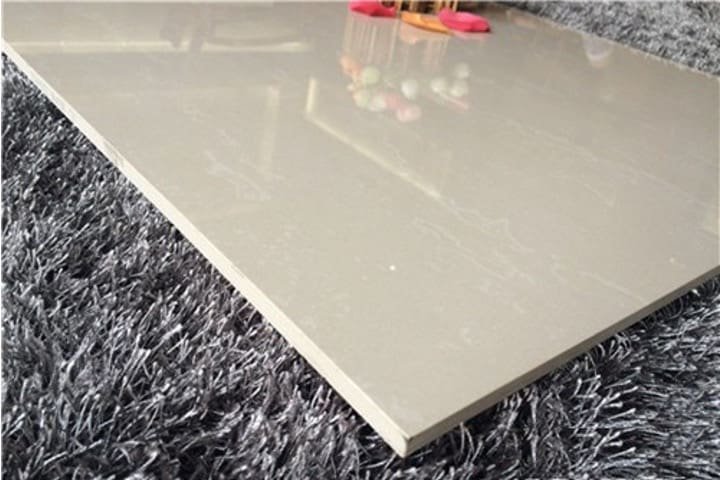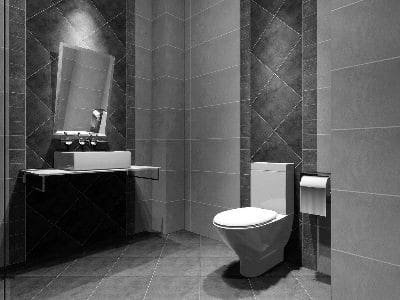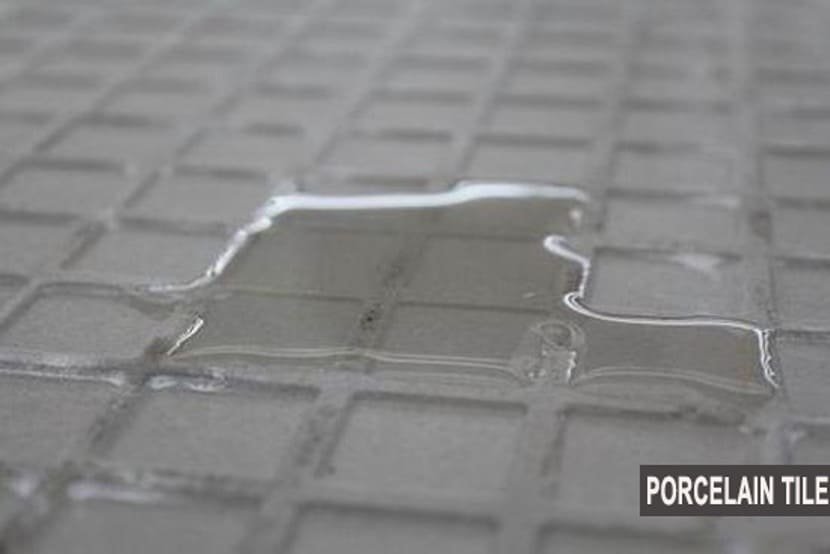As we know, more and more people use ceramic tile to decorate their houses. And at the same time, we can see more and more types of tiles in the market. And porcelain tile and ceramic tile are what people usually asked and also it seems many people are confused by the 2 kinds.
In general, both porcelain and ceramic tiles are called “CERAMIC TILES”. These tiles are divided into two groups: Non-porcelain tiles and porcelain tiles. The non-porcelain tiles are referred to as ceramic tiles by themselves, separating from porcelain tiles. Now are you confused? Please let’s talk about them today.
First, let’s look at how porcelain and pottery are defined.
Table of Contents
What is Porcelain Tile?
Porcelain tile, also known as Vitrified tile, is an acid- and alkali-resistant building decoration material made of clay and quartz sand, which is mainly made by grinding, mixing, pressing and sintering processes. The industry mainly defines full tiles according to the water absorption rate, and the tiles that are burned through and the water absorption rate is less than 0.5% are called porcelain tiles.

What is Ceramic Tile?
Ceramic tile is mainly made of clay and other non-metallic materials, through molding, sintering and other processes to produce block ceramic products, usually at room temperature by dry pressing, extrusion or other methods of molding, sintered at a certain temperature, water absorption rate of 0.5% or more, mainly used to decorate and protect the walls and floors of buildings.

It can be seen that the biggest difference between PORCELAIN and CERAMIC is the water absorption rate.
What is the different between ceramic and porcelain tiles?
Water absorption
Strictly speaking, ceramic tiles are divided into 5 categories according to different water absorption rates: PORCELAIN TILE, STONEWARE PORCELAIN TILE, FINE STONEWARE TILE, STONEWARE TILE and EARTHWARE TILE.
The main difference between porcelain tile and ceramic tile is the water absorption rate, porcelain tile has a strict water absorption rate standards, only less than 0.5% water absorption rate tile is called porcelain tile, while the general ceramic tile water absorption rate are greater than 0.5%. Water absorption is generally less than 0.5% for porcelain tiles, greater than 10% for ceramic tiles, between the two for semi-porcelain.

Usually most sanitary ware is porcelain, water absorption rate is generally ≤ 0.5%; polished tiles, antique tiles, small floor tiles (floor climbing wall), crystal tiles, wear-resistant tiles, matte tiles, etc. are stoneware tiles, that is semi-porcelain, water absorption rate > 0.5%. Ceramic pipes, decorative tiles, glazed products, etc. are generally vitrified, with water absorption >10%.
According to the criteria of ISO13006:2018 appendix, porcelain tiles with water absorption less than or equal to 0.5% are classified as BIa (APPENDIX ANNEX G); while those with water absorption greater than 0.5% less than or equal to 3% are classified as BIb (ANNEX H), usually called ceramic tiles; those with water absorption between 3% and 6% are also classified as BIIa (ANNEX J). divided into BIIa (ANNEX J); water absorption rate greater than 6% less than or equal to 10% is divided into BIIb (ANNEX K); water absorption rate greater than 10% is divided into BIII (ANNEX L), and BIII category contains only glazed tiles.

The low water absorption of full porcelain tile makes the tile and wall cement mortar adhesion is small, and the wall is not very good bonding, easy to fall off, generally used as floor tiles, while ceramic tiles can be used as both wall tiles, but also as floor tiles.
Breaking Strength & Modulus of Rupture
Breaking strength and modulus of rupture are the maximum strength that ceramic tile can withstand under the action of a certain force or press, which is commonly known as whether the ceramic tile is strong or not.
PORCELAIN TILE can reach a breaking strength of 1300N or more due to its low water absorption, and the modulus of rupture is at least 35MPA.
While the water absorption rate of more than 10% of CERAMIC TILE, the minimum breaking strength is only 600N, and the modulus of rupture is only 15MPA.
PORCELAIN, due to its low water absorption and high density, has a much higher breaking strength and modulus of rupture than CERAMIC, and its hardness is also much greater than CERAMIC.
How to distinguish PORCELAIN & CERAMIC easily and quickly?
Listen to the sound
Full tile knocking sound crisp, half porcelain sound muffled. Large size tiles can be tapped with knuckles, small size can be tapped gently against each other with porcelain tiles.
Look at the water absorption
Conditions allow, you can ask the businessman to drip water to the back of the tile for the experiment. Porcelain tile to the water does not moisten: if the water can flow then the porcelain degree is high, if the formation of water droplets directly can roll then the porcelain degree is very high. Poor porcelain tile, water will directly infiltrate the blank.


Ink absorption
In the case of inconvenient water to do experiments with water-based pen on the back of the tile can be scratched: full tile on the can be wiped off, at least until the color becomes light; if it is a ceramic tiles with high water absorption rate, it is completely wiped off.
Whether it is PORCELAIN or CERAMIC, there is no strict sense of good or bad, only suitable or unsuitable, so you can choose the right product according to the actual needs. I hope the content shared today can help you better understand PORCELAIN and CERAMIC TILE.
